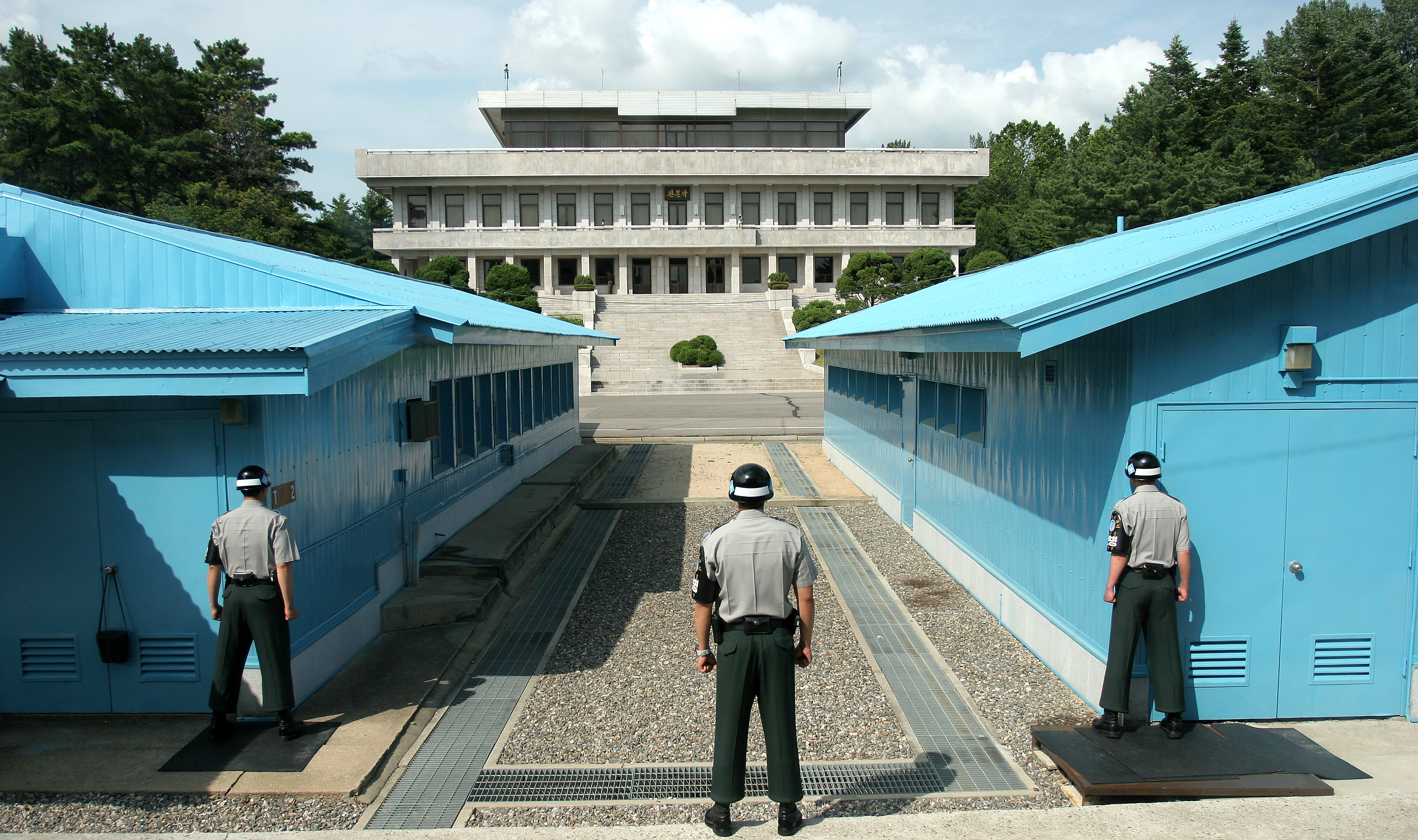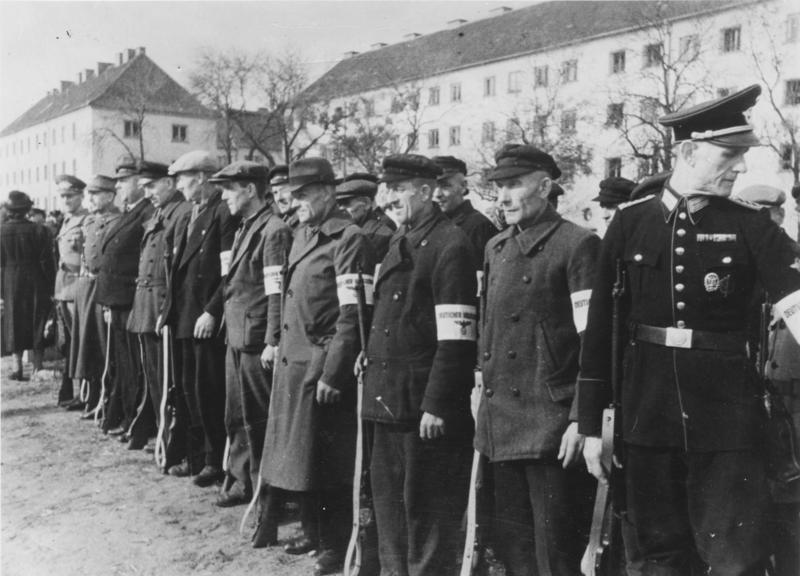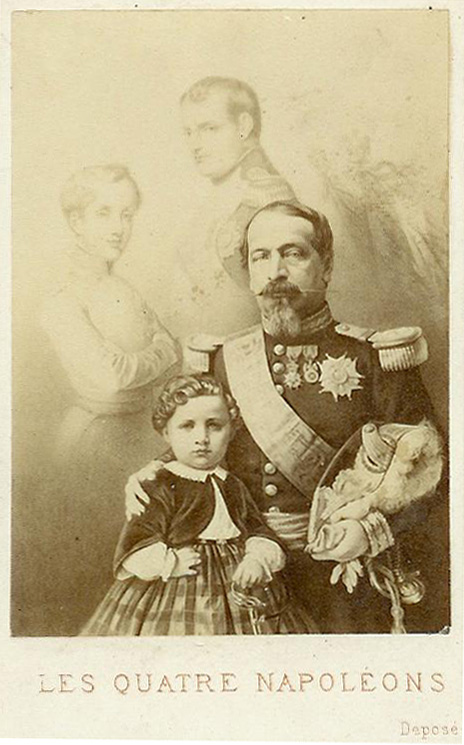|
Roads To Moscow
"Roads to Moscow" is a 1973 song by Scottish rock singer Al Stewart. It appeared on his album '' Past, Present and Future'', and tells the story of the German invasion of Russia during World War II, as seen through the eyes of a Russian soldier who is described by one source as being Alexander Solzhenitsyn. Lyrics Each verse of the song covers a different phase of the campaign, starting with the invasion by German troops that commenced on 22 June 1941. First comes the attack, the catastrophic destruction of Soviet Air Force aircraft at their aerodromes by the Luftwaffe, and the initial efforts by Soviet soldiers to escape the advancing Nazi horde. The next portion of the song relates the Russian retreat through Ukraine during the summer and fall of 1941, including the fall of Smolensk, culminating in the approach of the Nazi armies to Moscow during Operation Typhoon. Stewart next describes the onset of winter, with snow and mud proving insurmountable obstacles for the Ger ... [...More Info...] [...Related Items...] OR: [Wikipedia] [Google] [Baidu] |
Al Stewart
Alastair Ian Stewart (born 5 September 1945) is a Scottish born singer-songwriter and folk-rock musician who rose to prominence as part of the British folk revival in the 1960s and 1970s. He developed a unique style of combining folk-rock songs with delicately woven tales of characters and events from history. Stewart is best known for his 1976 hit single "Year of the Cat", from the platinum album of the same name. Though ''Year of the Cat'' and its 1978 platinum follow-up '' Time Passages'' brought Stewart his biggest worldwide commercial successes, earlier albums such as '' Past, Present and Future'' from 1973 are often seen as better examples of his intimate brand of historical folk-rock, a style to which he returned in later albums. Stewart is a key figure in British music and he appears throughout the musical folklore of the revivalist era. He played at the first-ever Glastonbury Festival in 1970, knew Yoko Ono before she met John Lennon, and shared a London flat wit ... [...More Info...] [...Related Items...] OR: [Wikipedia] [Google] [Baidu] |
Operation Typhoon
The Battle of Moscow was a military campaign that consisted of two periods of strategically significant fighting on a sector of the Eastern Front during World War II. It took place between September 1941 and January 1942. The Soviet defensive effort frustrated Hitler's attack on Moscow, the capital and largest city of the Soviet Union. Moscow was one of the primary military and political objectives for Axis forces in their invasion of the Soviet Union. The German Strategic Offensive, named Operation Typhoon, called for two pincer offensives, one to the north of Moscow against the Kalinin Front by the 3rd and 4th Panzer Armies, simultaneously severing the Moscow–Leningrad railway, and another to the south of Moscow Oblast against the Western Front south of Tula, by the 2nd Panzer Army, while the 4th Army advanced directly towards Moscow from the west. Initially, the Soviet forces conducted a strategic defence of the Moscow Oblast by constructing three defensive belts, de ... [...More Info...] [...Related Items...] OR: [Wikipedia] [Google] [Baidu] |
International Border
Borders are usually defined as geographical boundaries, imposed either by features such as oceans and terrain, or by political entities such as governments, sovereign states, federated states, and other subnational entities. Political borders can be established through warfare, colonization, or mutual agreements between the political entities that reside in those areas; the creation of these agreements is called boundary delimitation. Some borders—such as most states' internal administrative borders, or inter-state borders within the Schengen Area—are open and completely unguarded. Most external political borders are partially or fully controlled, and may be crossed legally only at designated border checkpoints; adjacent border zones may also be controlled. Buffer zones may be setup on borders between belligerent entities to lower the risk of escalation. While ''border'' refers to the boundary itself, the area around the border is called the frontier. History In t ... [...More Info...] [...Related Items...] OR: [Wikipedia] [Google] [Baidu] |
Adolf Hitler
Adolf Hitler (; 20 April 188930 April 1945) was an Austrian-born German politician who was dictator of Nazi Germany, Germany from 1933 until Death of Adolf Hitler, his death in 1945. Adolf Hitler's rise to power, He rose to power as the leader of the Nazi Party, becoming the Chancellor of Germany, chancellor in 1933 and then taking the title of in 1934. During his dictatorship, he initiated European theatre of World War II, World War II in Europe by invasion of Poland, invading Poland on 1 September 1939. He was closely involved in military operations throughout the war and was central to the perpetration of the Holocaust: the genocide of Holocaust victims, about six million Jews and millions of other victims. Hitler was born in Braunau am Inn in Austria-Hungary and was raised near Linz. He lived in Vienna later in the first decade of the 1900s and moved to Germany in 1913. He was decorated during his Military career of Adolf Hitler, service in the German Army in Worl ... [...More Info...] [...Related Items...] OR: [Wikipedia] [Google] [Baidu] |
Battle Of Berlin
The Battle of Berlin, designated as the Berlin Strategic Offensive Operation by the Soviet Union, and also known as the Fall of Berlin, was one of the last major offensives of the European theatre of World War II. After the Vistula–Oder Offensive of January–February 1945, the Red Army had temporarily halted on a line east of Berlin. On 9 March, Germany established its defence plan for the city with Operation Clausewitz. The first defensive preparations at the outskirts of Berlin were made on 20 March, under the newly appointed commander of Army Group Vistula, General Gotthard Heinrici. When the Soviet offensive resumed on 16 April, two Soviet fronts (army groups) attacked Berlin from the east and south, while a third overran German forces positioned north of Berlin. Before the main battle in Berlin commenced, the Red Army encircled the city after successful battles of the Seelow Heights and Halbe. On 20 April 1945, Hitler's birthday, the 1st Belorussian Front ... [...More Info...] [...Related Items...] OR: [Wikipedia] [Google] [Baidu] |
Volkssturm
The (; "people's storm") was a levée en masse national militia established by Nazi Germany during the last months of World War II. It was not set up by the German Army, the ground component of the combined German ''Wehrmacht'' armed forces, but by the Nazi Party on the orders of Adolf Hitler and established on 25 September 1944. It was staffed by conscripting males between the ages of 16 and 60 years, who were not already serving in some military unit. The ''Volkssturm'' comprised one of the final components of the total war promulgated by Propaganda Minister Joseph Goebbels, part of a Nazi endeavor to overcome their enemies' military strength through force of will. ''Volkssturm'' units fought unsuccessful futile battles against the Allied forces at the end of the war and on several occasions, its members participated in atrocities accompanied by German civilians and the Hitler Youth, which were overseen by members of the SS or Gau leaders. Origins and organization The ... [...More Info...] [...Related Items...] OR: [Wikipedia] [Google] [Baidu] |
Battle Of Kursk
The Battle of Kursk was a major World War II Eastern Front engagement between the forces of Nazi Germany and the Soviet Union near Kursk in the southwestern USSR during late summer 1943; it ultimately became the largest tank battle in history. The battle began with the launch of the German offensive Operation Citadel (german: Unternehmen Zitadelle), on 5 July, which had the objective of pinching off the Kursk salient with attacks on the base of the salient from north and south simultaneously. After the German offensive stalled on the northern side of the salient, on 12 July the Soviets commenced their Kursk Strategic Offensive Operation with the launch of Operation Kutuzov (russian: Кутузов) against the rear of the German forces on the same side. On the southern side, the Soviets also launched powerful counterattacks the same day, one of which led to a large armoured clash, the Battle of Prokhorovka. On 3 August, the Soviets began the second phase of the Kursk Strat ... [...More Info...] [...Related Items...] OR: [Wikipedia] [Google] [Baidu] |
Tiger I
The Tiger I () was a German heavy tank of World War II that operated beginning in 1942 in Africa and in the Soviet Union, usually in independent heavy tank battalions. It gave the German Army its first armoured fighting vehicle that mounted the 8.8 cm KwK 36 gun (derived from the 8.8 cm Flak 36). 1,347 were built between August 1942 and August 1944. After August 1944, production of the Tiger I was phased out in favour of the Tiger II. While the Tiger I has been called an outstanding design for its time, it has also been called overengineered, using expensive materials and labour-intensive production methods. In the early period Tiger was prone to certain types of track failures and breakdowns and was in general limited in range by its high fuel consumption. It was expensive to maintain, but generally mechanically reliable. It was difficult to transport and vulnerable to immobilisation when mud, ice, and snow froze between its overlapping and interleaved ''Schacht ... [...More Info...] [...Related Items...] OR: [Wikipedia] [Google] [Baidu] |
Sixth Army (Wehrmacht)
The 6th Army was a field army unit of the German Wehrmacht during World War II (1939–1945). It was widely remembered for being the most highly decorated German army unit until its defeat by the Red Army at the Battle of Stalingrad in the winter of 1942–1943. It also acquired a reputation for the war crimes (such as the massacre of more than 30,000 Jews at Babi Yar in September 1941) that it committed under the command of Field Marshal Walther von Reichenau during Operation Barbarossa. Western campaigns Originally numbered as the 10th Army, this Army formed on 10 October 1939 with General Walther von Reichenau in command. Its primary mission was to guard the western defenses of Germany against British and French attacks during the Polish campaign. During the invasion of the Low Countries the 6th Army saw active service linking up with paratroopers and destroying fortifications at Eben Emael, Liège, and Namur during the Battle of Belgium. The 6th Army was then involved in ... [...More Info...] [...Related Items...] OR: [Wikipedia] [Google] [Baidu] |
Battle Of Stalingrad
The Battle of Stalingrad (23 August 19422 February 1943) was a major battle on the Eastern Front of World War II where Nazi Germany and its allies unsuccessfully fought the Soviet Union for control of the city of Stalingrad (later renamed to Volgograd) in Southern Russia. The battle was marked by fierce close-quarters combat and direct assaults on civilians in air raids, with the battle epitomizing urban warfare. The Battle of Stalingrad was the deadliest battle to take place during the Second World War and is one of the bloodiest battles in the history of warfare, with an estimated 2 million total casualties. Today, the Battle of Stalingrad is universally regarded as the turning point in the European Theatre of war, as it forced the '' Oberkommando der Wehrmacht'' (German High Command) to withdraw considerable military forces from other areas in occupied Europe to replace German losses on the Eastern Front, ending with the rout of the six field armies of Ar ... [...More Info...] [...Related Items...] OR: [Wikipedia] [Google] [Baidu] |
Napoleon's Invasion Of Russia
The French invasion of Russia, also known as the Russian campaign, the Second Polish War, the Army of Twenty nations, and the Patriotic War of 1812 was launched by Napoleon Bonaparte to force the Russian Empire back into the continental blockade of the United Kingdom. Napoleon's invasion of Russia is one of the best studied military campaigns in history and is listed among the most lethal military operations in world history. It is characterized by the massive toll on human life: in less than six months nearly a million soldiers and civilians died. On 24 June 1812 and the following days, the first wave of the multinational crossed the Niemen into Russia. Through a series of long forced marches, Napoleon pushed his army of almost half a million people rapidly through Western Russia, now Belarus, in an attempt to destroy the separated Russian armies of Barclay de Tolly and Pyotr Bagration who amounted to around 180,000–220,000 at this time. Within six weeks, Napoleon lost ... [...More Info...] [...Related Items...] OR: [Wikipedia] [Google] [Baidu] |
Emperor Of The French
Emperor of the French (French: ''Empereur des Français'') was the title of the monarch and supreme ruler of the First and the Second French Empires. Details A title and office used by the House of Bonaparte starting when Napoleon was proclaimed Emperor on 18 May 1804 by the Senate and was crowned Emperor of the French on 2 December 1804 at the cathedral of Notre-Dame de Paris, in Paris, with the Crown of Napoleon. The title emphasized that the emperor ruled over "the French people" (the nation) and not over France (the state). The old formula of "King of France" indicated that the king owned France as a personal possession. The new term indicated a constitutional monarchy. The title was purposely created to preserve the appearance of the French Republic and to show that after the French Revolution, the feudal system was abandoned and a nation-state was created, with equal citizens as the subjects of their emperor. (After 1 January 1809, the state was officially referred ... [...More Info...] [...Related Items...] OR: [Wikipedia] [Google] [Baidu] |




.jpg)

